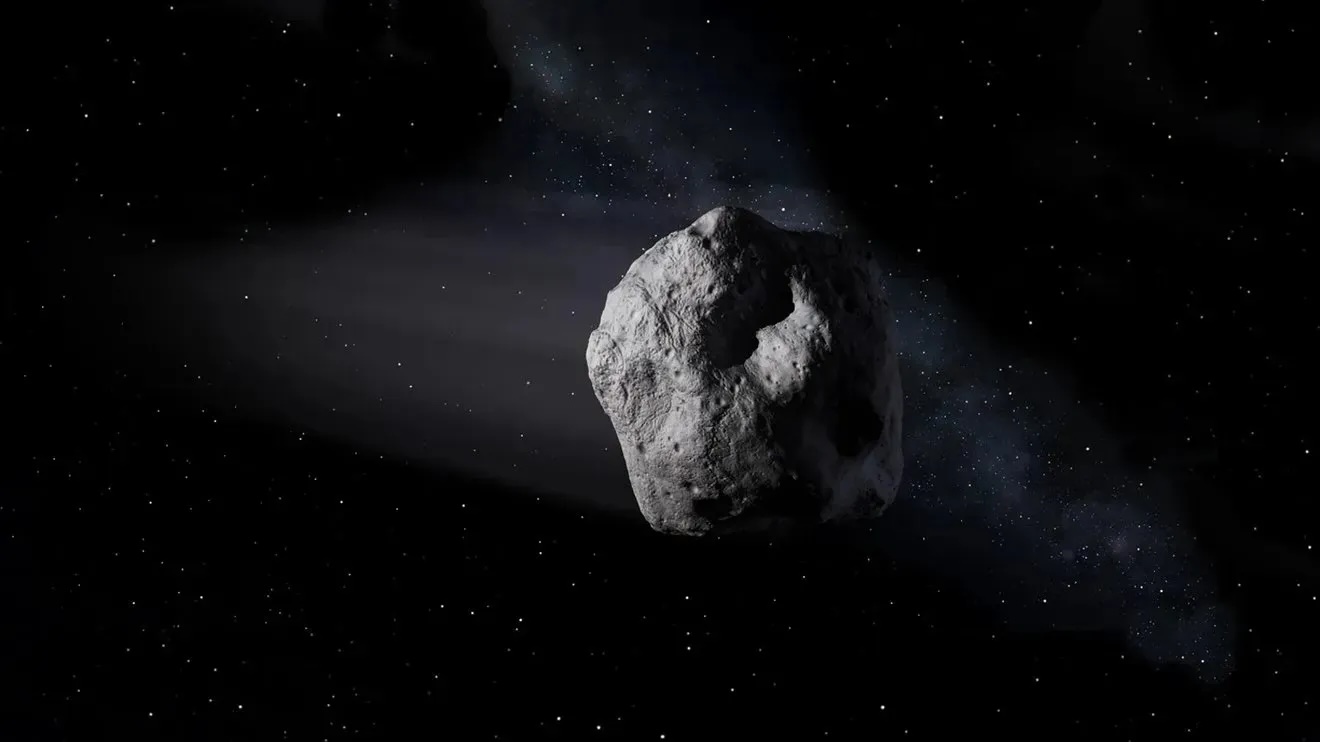When you purchase through links on our land site , we may earn an affiliate commission . Here ’s how it work .
Name : Arabian grit boa ( Eryx jayakari )
Where it live : flaxen deserts of the Arabian Peninsula and southwestern Iran

What it exhaust : shortsighted - fingered gecko ( Stenodactylus ) , Baluch rock music geckos ( Bunopus tuberculatus ) and insect lizards .
Why it ’s awful : These derpy - looking snakes have eyes that seem like they ’ve been glued onto the top of their headspring , garner them a famous person moment on societal medium .
" The only understanding that the Arabian sand boa ( Eryx jayakari ) has survived this farseeing is that its prey ca n’t end express joy in metre to take to the woods , " one Reddit userwrote in a post .

" Ah yes , the Arabian sand boa , the most obtuse looking snake,“another user said .
Today I learned about the Arabian sand feather boa . It looks like a baby ’s safe exertion at draw a snake . pic.twitter.com/AoTQaqzTRFAugust 22 , 2022
Arabian gumption boas are nocturnal ; they expend the day buried deep in the sand and move toward the aerofoil at dusk to hunt . And while their googly eyes are sometimes ridiculed , they are essential to these snakes ' hunt strategy .

Having centre on top of their heads enable Arabian sand boas to peek out as they lie in postponement for prey to go by nearby , with the rest period of their fortunate - chocolate-brown body sink in the sand .
Related : Earless monitor lizard : The ' Holy Grail ' of reptiles that looks like a mini tartar
Arabian George Sand boas develop up to 15 column inch ( 38 centimeters ) long and can bear a wide range of temperature . They are one of two boa species that position bollock or else of giving birth to live young — the other egg - laying species being the Saharan moxie boa ( Eryx muelleri ) , which is found throughout Africa .

— Hydra choking on invasive Pisces the size of its head saved by scientist
— Move over , python — this tiny snake hold the record for swallow the prominent prey whole congener to body size
— Watch 2 gargantuan , highly venomous black mamba fighting in someone ’s backyard

distaff Arabian sand boas lay their nut in minuscule clutches . They have to help their young break out from the bollock when they are quick to brood , after or so nine weeks , because the hatchling lack an ball - tooth — a abrupt projection on the snout , which the young of other snake species utilise to crack open their eggshells .
Arabian sand boas are common throughout their spacious range and are not thought to be threatened by human activities , grant to theInternational Union for Conservation of Nature Red List of Threatened Species .











